Lockdown-weary Britons spark foraging boom
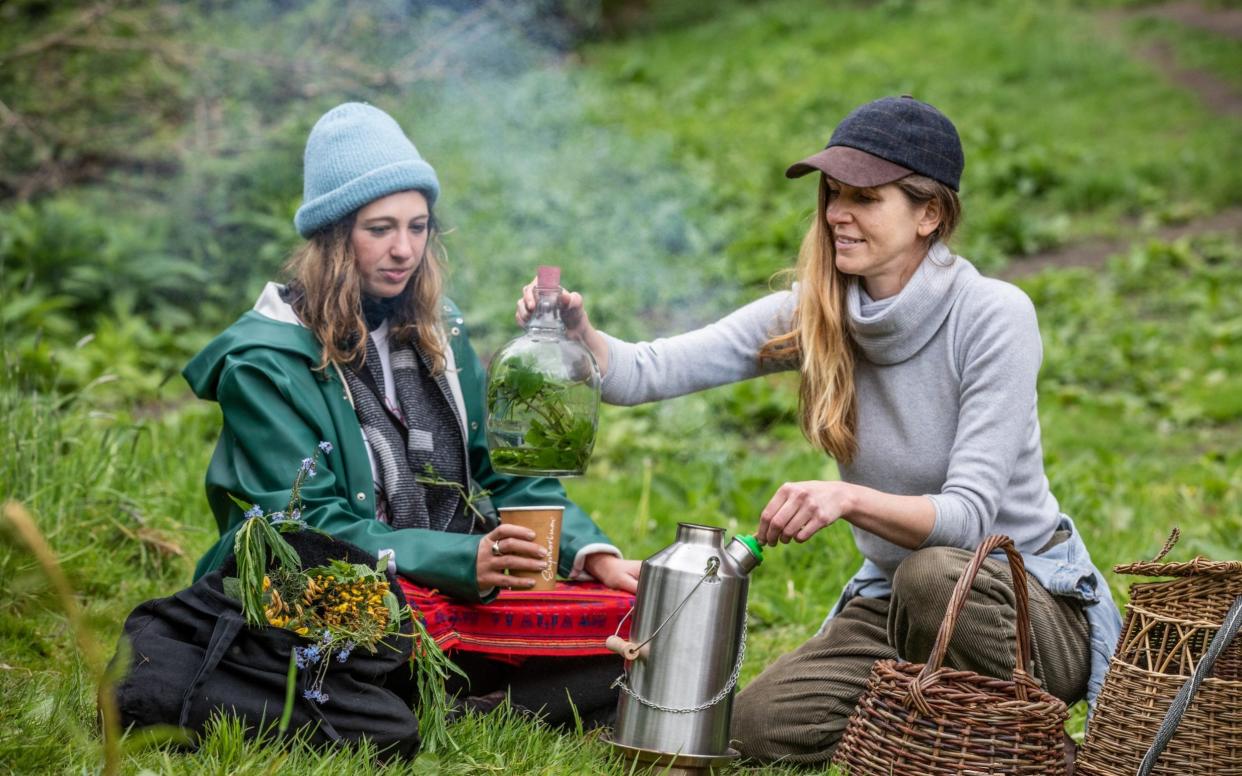
It was once the preserve of our ancestors. Yet hunter-gatherers have advanced somewhat since the dawn of the human race and foraging has become the latest sustainable social trend among cooped-up foodies.
As lockdown restrictions ease and the weather becomes warmer, Britons are finding increasingly creative ways to spend time outdoors, with foraging guided tours seeing a boom in demand.
Helen Keating, a botanist at The Woodland Trust, said: "There’s been a massive general increase in interest regarding foraging. People are keen to branch out beyond picking blackberries and elderflowers and making cordials."
Ms Keating, who is also the co-author of Britain's Wild Harvest, published in 2004 by Royal Botanic Gardens, Kew, added: "Lockdown has only exacerbated peoples’ interest in wanting to visit woodland and engage in outdoor activities."
The Woodland Trust analysed its web traffic across two periods - between January 1 to March 31 2020, and the same period in 2021 - and found a "massive increase in interest in outdoor activities".
It found an increase of 36 per cent (3,448 to 4,687) of webpage hits for a wild garlic pesto recipe, as well as an eight per cent increase (2,416 hits to 2,610) on general foraging recipes.

Meanwhile, the total number of hits on the charity’s blog, which contains ideas for activities to do outdoors, has seen an 89 per cent increase (801,747 to 1.5 million).
However, organisations including The Woodland Trust and the Botanical Society of Britain and Ireland are also keen to publicise the "rules" surrounding foraging. These include seeking landowners' express permission before uprooting plants, and following the "one in 20" rule - only pick one if you can see 20 others.
As a result, they say that guided tours with experts are the safest option for both humans (who may fall foul of poisoned produce) as well as the environment.
Sasha Galitzine, a 32-year-old curator and founder of Happy Hour - a series of interactive get-togethers hosted by artists, performers and experts - has also seen increasing demand for her socially distant foraging sessions. All four sessions, based in London, have been booked up, with plans to expand more dates throughout the summer.
"It’s all about bringing people together through learning, which has obvious social benefits since lockdown, but also benefits regarding connecting with the outdoors," Ms Galitzine said.
"I think we’ve lost that historic connection with the land that humans used to have. Our ancestors would use plants, berries and mushrooms to feed and soothe our bodies.
"The sustainability and health benefits of food are so important and we’re increasingly aware of the green spaces around us, so it makes sense more and more people want to learn how to safely forage and creatively enjoy our free spaces with free food."
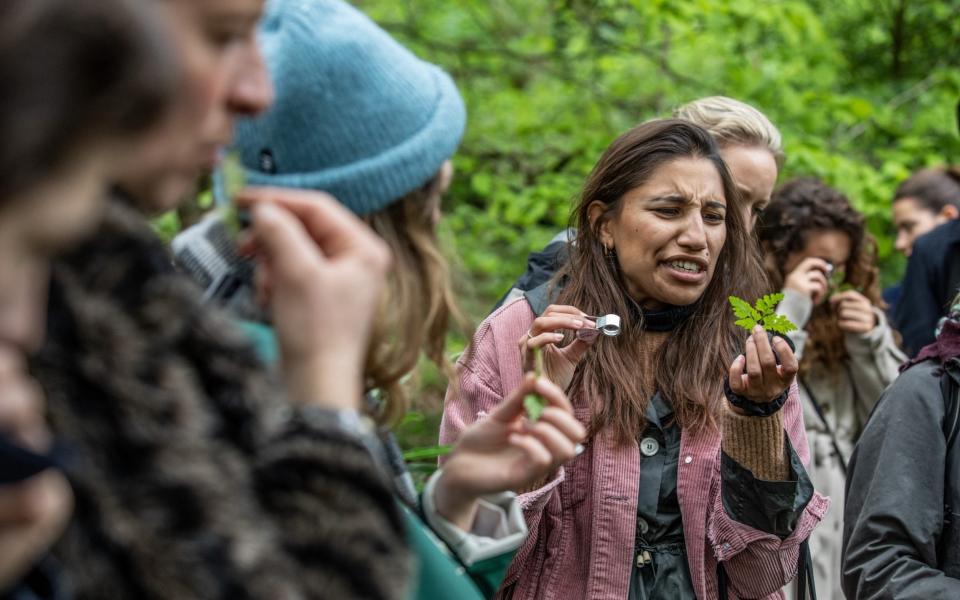
James Wood, director of Totally Wild UK, also said "there's been a lot more interest". Based in Macclesfield, he manages a team of 12 foragers who give guided tours and supply the market across the country.
Before lockdown, there were 8,000 visits each month to his website. This has now risen to 16,000. His company also had 4,000 people booked for foraging tours last year. This has since increased to 6,000 people, although many tours were delayed during the lockdown so some could be part of a "backlog", he said.
Susanne Masters, committee member at the Association of Foragers, said that online foraging tuition during lockdown resulted in "higher than expected demand".
Ms Masters, who also researches the trade in wild collected plants at Naturalis Biodiversity Center, based in the Netherlands, said that increasing conscientiousness regarding sustainability is making foraging mainstream.
What to pick and what to use it for
Dandelion
Its name means lion’s tooth (dent de lion), probably referring to its jagged leaf edges. The plant has long been associated with folklore and herbal medicine and is probably best known for its diuretic effect.
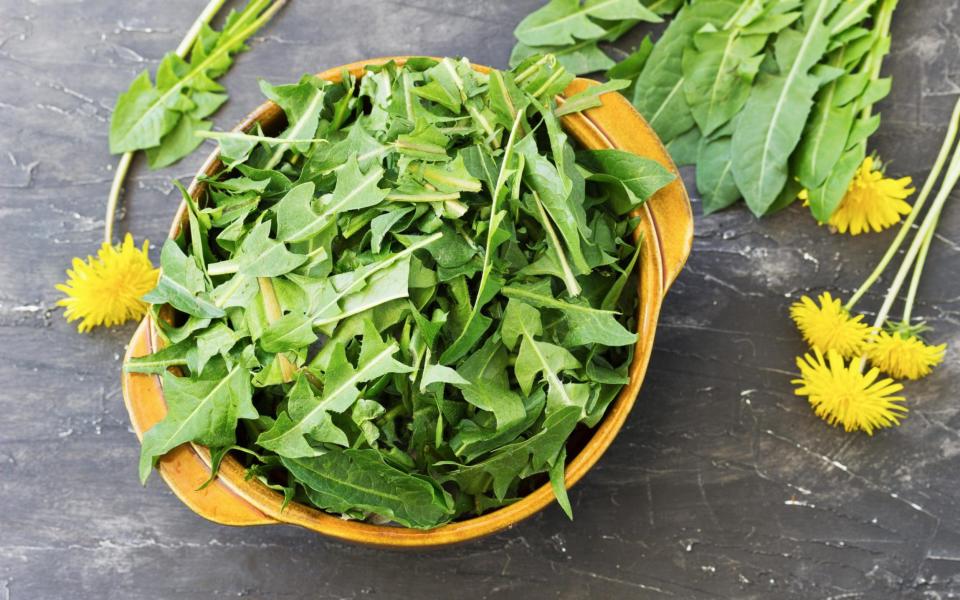
How to use it: All parts of this slightly bitter plant are edible, both raw and cooked. Add young leaves to salads, sandwiches or pies. Flowers can be used in dishes from risotto to omelettes, for decoration and to make beer and wine. Unopened buds can be marinated and used like capers. Roots can also be thrown into stir-fries or added to vegetable dishes.
What to look for: Really common, easy to identify and found almost everywhere. Young leaves from the centre of the rosette are best – the dark outer leaves may be too bitter. They appear from February.
Nettle
Nettle leaves are a surprisingly versatile ingredient reputed to be a great superfood rich in iron, vitamins A and D and packed with minerals. While not supported by science, they have been used in herbal medicine to treat diabetes, osteoarthritis, urinary tract infections and muscle pain among other things.
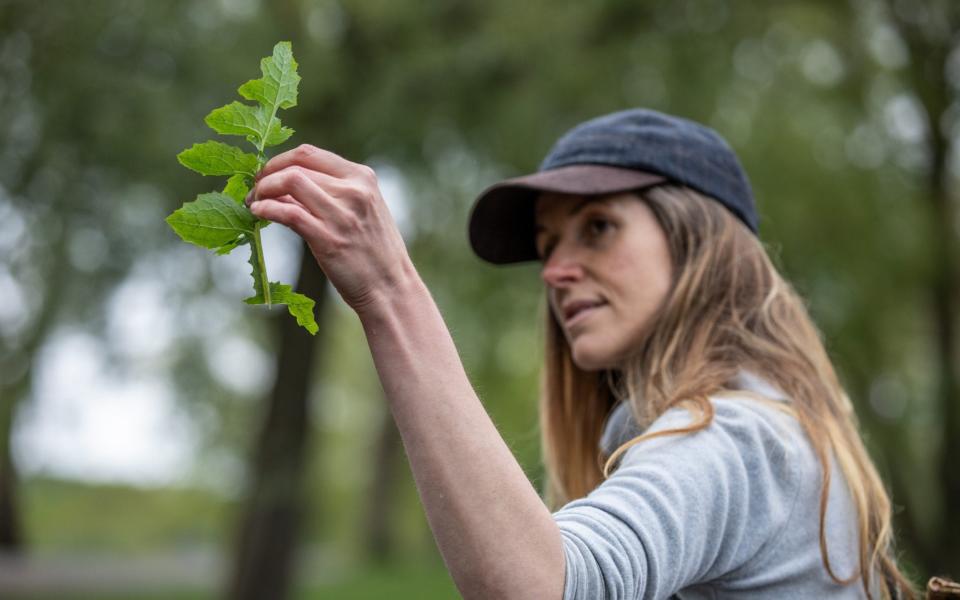
How to use it: The best leaves to pick are the tips – they’re tender and have the best flavour. You can use gloves to avoid being stung. The leaves have a flavour somewhere between cabbage and spinach. You can use nettles in the same way as spinach, to make tea and beer, or as a primary ingredient in soup (try creamy nettle and potato).
What to look for: An unmistakable plant familiar to everyone. It grows pretty much everywhere. Just remember to avoid roadside and pesticide-ridden areas. For eating, it’s best picked from late February to June.
Elder flowers
Once regarded as one of the most magically powerful trees, elder is a forager's favourite and its flowers are the scent of summer.
How to use it: Pick the flowers, give them a shake to remove any insects and rinse briefly in cold water before using. They can be used fresh as flavouring for cordial, wine, tea, liqueur, syrup, jelly and desserts. You can also dip the flowers into a light batter and fry them to make elderflower fritters. Alternatively, dry the flowers and use them as a substitute for fresh flowers in most recipes.
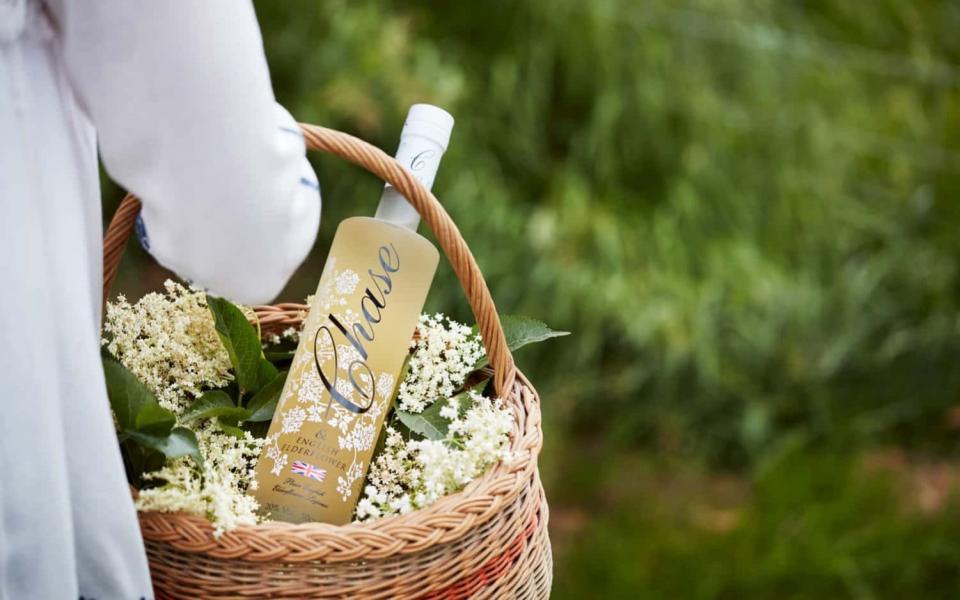
What to look for: Look for elder trees in woodland, scrub, hedgerows and on wasteland. Their creamy-white flowers hang in flat-topped clusters. Pick when the buds are freshly open on a warm, dry, sunny day, well away from traffic fumes.
Chickweed
Chickweed is a vigorous plant that’s probably trying to take over your borders right now. However, the leaves, stems, and flowers are all edible either raw or cooked. The plant has been used in herbal medicine for stomach and bowel problems, lung diseases, wounds and joint pain.
How to use it: Its tender leaves can go in salads with lemon and olive oil dressing. Blend into homemade pesto, or use to liven up fish or chicken. The tiny white, edible flowers make a pretty salad garnish. Blend chickweed with garlic, olive oil and walnuts to make pesto.
What to look for: It’s a creeping plant with small pointed leaves and star-like white flowers. Look for it in your garden borders and on waste ground. It’s abundant and ongoing throughout the spring and summer.
Eucalyptus
Pleasant smelling, antiseptic and highly flammable. Eucalyptus might be the favourite of koalas in its native Australia, but in the UK it’s insects which are drawn to its rich oil.
Eucalyptus can vary in form from a short shrub to a tall, evergreen tree. The bark is a blue-grey colour and peels off in strips to reveal yellow patches underneath. Sometimes a red resin exudes through breaks in the bark, hence the tree’s other name – the gum tree.
These aromatic trees are native to Australia and only about 12 of the many species grow in the warmer regions of Europe. Eucalyptus are fast-growing trees and are widely planted in gardens, parks and plantations. It has become naturalised in woodland and on roadsides in southeast and lowland England. Some species occasionally regenerate from seed in the UK.
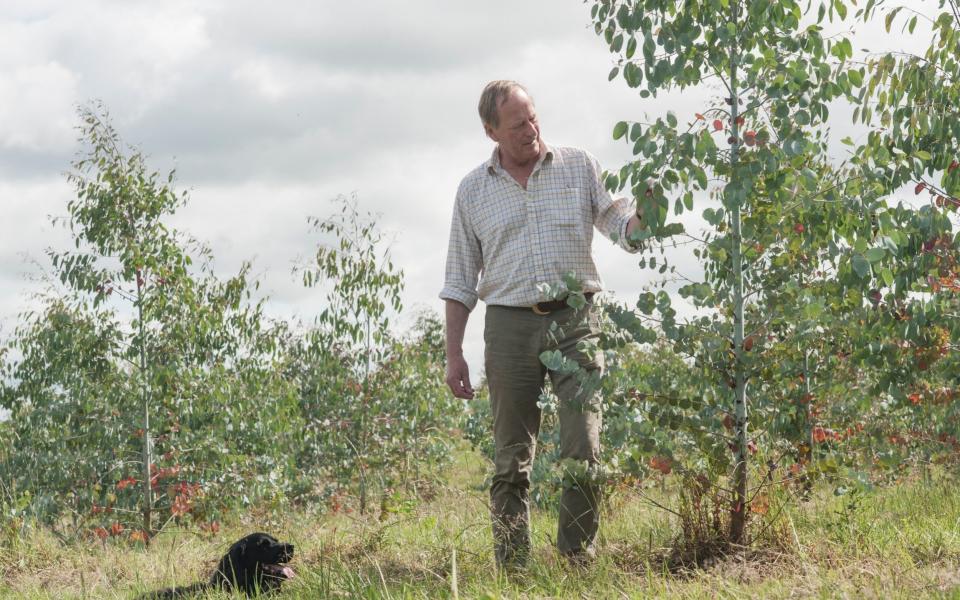
How to use it: Australian indigenous populations had many uses for eucalyptus trees. They used the wood and bark to make tools, spears, shields and musical instruments. Leaves of certain species were soaked in water to make a healing tea. The Kulin people made water bowls called tarnuks from the tree. The Murray River tribes used the bark to make canoes.
Oil from the leaves of eucalyptus trees is now used all over the world for its antiseptic qualities. It is also used to help clear congestion and colds, and appears in some topical creams for arthritis and insect repellents. Its wood is used for timber and as pulpwood for paper production.
What to look for: Young leaves that are usually stemless and rounded. Adult leaves are long and stalked. When crushed, leaves have a distinctive smell. Flowers look like tassels of stamens, opening a year after buds are formed.

